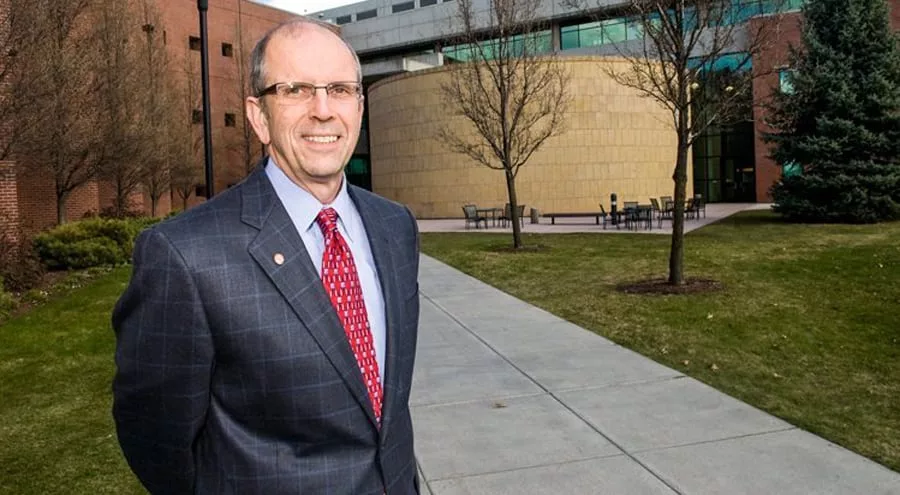
Home » Tri-Citians are big consumers of green electricity
Tri-Citians are big consumers of green electricity

April 18, 2019
By D. Patrick Jones
Data
tracking life in the Tri-Cities reveal many departures from the overall profile
of life in Washington.
Consider
the racial and ethnic make-up here. In 2017, an estimated nearly 39 percent of
the population was non-Caucasian, versus slightly over 30 percent for the
state. And the estimated Hispanic population in 2017 made up about one third of
the overall count, versus an eighth in Washington.
Or consider earnings in Benton and Franklin counties. The average annual wage is 80 percent of the state, yet at the start of the new century, workers here earned about 89 percent of the Washington average, according to Benton-Franklin Trends data.
One
can, of course, point to metrics that follow those of Washington closely. But
like other Eastern Washington metros, the Tri-Cities isn’t often “average.”
So it is with electricity consumption. As Benton-Franklin Trends data reveals, total electricity consumed in the two counties increased slightly over the past decade, about 11 percent cumulatively.
For the most recent available year, the total slightly
exceeded 5 million megawatt hours (MWh). According to the U.S. Energy
Information Agency, the average U.S. home in 2016 consumed about 10.8 MWh. The
Tri-City area recently consumed enough electricity to power more than 469,000
residential dwellings.
It
seems like a lot. And it is.
Consider
the per capita measure of consumption. For 2017, every man, woman and child in
the two counties consumed 17,803 KWh, or 17.8 MWh.
Compare
that level to the Washington state average in the same year: 12,863KWh, or 12.9
MWh.
Clearly,
life in the two counties is electricity intensive.
What
is likely at work? It’s improbable that residents leave on their lights any
longer than the average Washingtonian. More
likely is the demand from certain industries. Agricultural processing and the
activities related to the Hanford cleanup come to mind. Representatives of
these industries are all on the Tri-City Development Council’s list of largest
employers.
Of
course, there may be other industries that are high electricity consumers.
Interestingly, as online viewers of the Trends can note, there is very little
difference in per capita energy use between the two counties.
Another departure of the two counties’ energy profile from Washington’s lies in the electricity fuel mix. Hydropower plays a much larger role here than statewide.
For 2017, the state Department of Commerce calculated
that over 85 percent of all the electricity consumed in the two counties was sourced from hydro versus 68 percent for the state —
a share that hasn’t changed much over the past decade for the two counties.
In
2017, nuclear power generated 8.4 percent of total electricity consumed,
exactly twice as high as for the state. Nuclear power’s contribution here has
diminished over the past decade.
For
2017, carbon-rich fuels of coal and natural gases amounted to 1 percent and 2
percent, respectively, of all electricity consumed. Washingtonians in general
paid 13 percent and 11 percent of their electric bills on coal and natural gas
generation, respectively.
For
those wanting to live in a low-carbon world, the greater Tri-Cities provides a
home. Whether the hydro and nuclear power can continue to provide nearly 95
percent of all the electricity in the coming decades is an interesting
question. The counties have experienced the fastest-growing population since
the start of the century among all state metro areas.
The
Washington State Office of Financial Management estimates that the area will
gain more than 65,000 residents by 2030. With all the other demands on the
Columbia and Snake rivers, the bounty of hydro may not be as present in a
decade as now.
Perhaps
nuclear power will win enough adherents to respond to the increases,
conservation — in the form of lower per capita consumption numbers — will help
solve the anticipated load issues or the planned solar farm by Neoen on Energy
Northwest property will help respond to the load growth. Perhaps a combination
of all.
For
now and for the next few years, it seems unlikely that the low-carbon cocktail
of electricity that Tri-Citians are enjoying will change much. It also seems
highly probable that electricity intensity will continue to be a staple of the
local economy for years to come.
8 D. Patrick Jones is the executive director for Eastern
Washington University’s Institute for Public Policy & Economic Analysis.
Benton-Franklin Trends, the institute’s project, uses local, state and federal
data to measure the local economic, educational and civic life of Benton and
Franklin counties.
Local News Energy Environment
KEYWORDS april 2019





